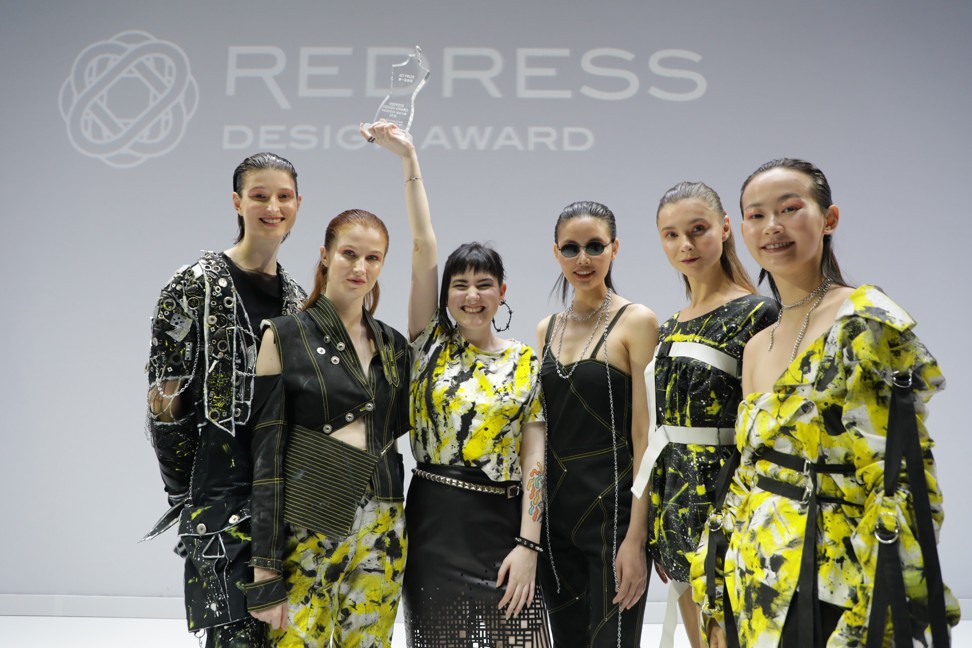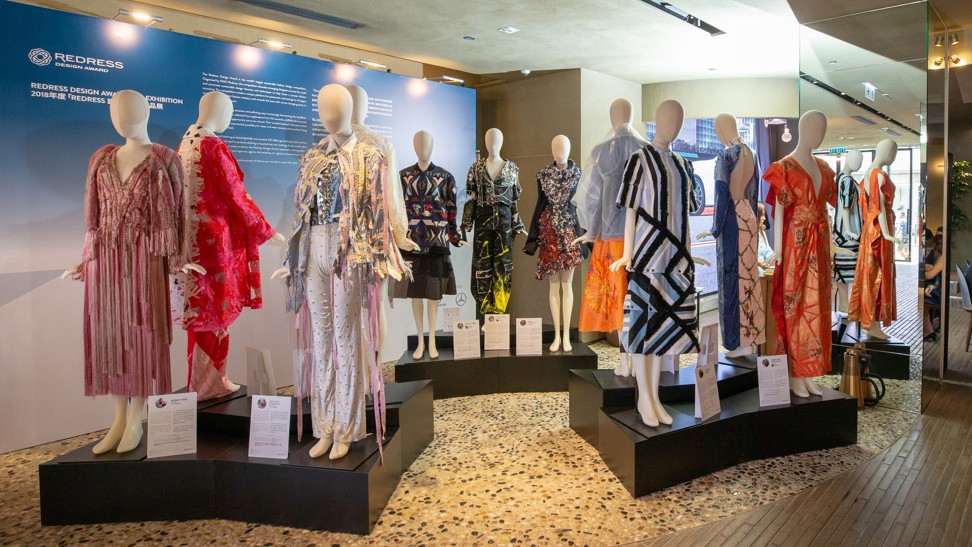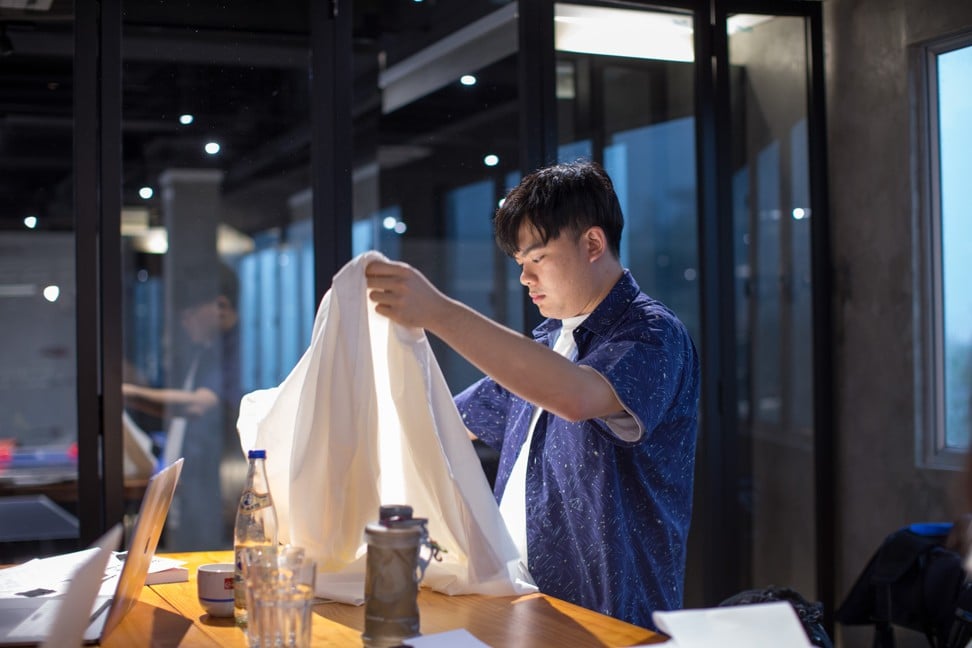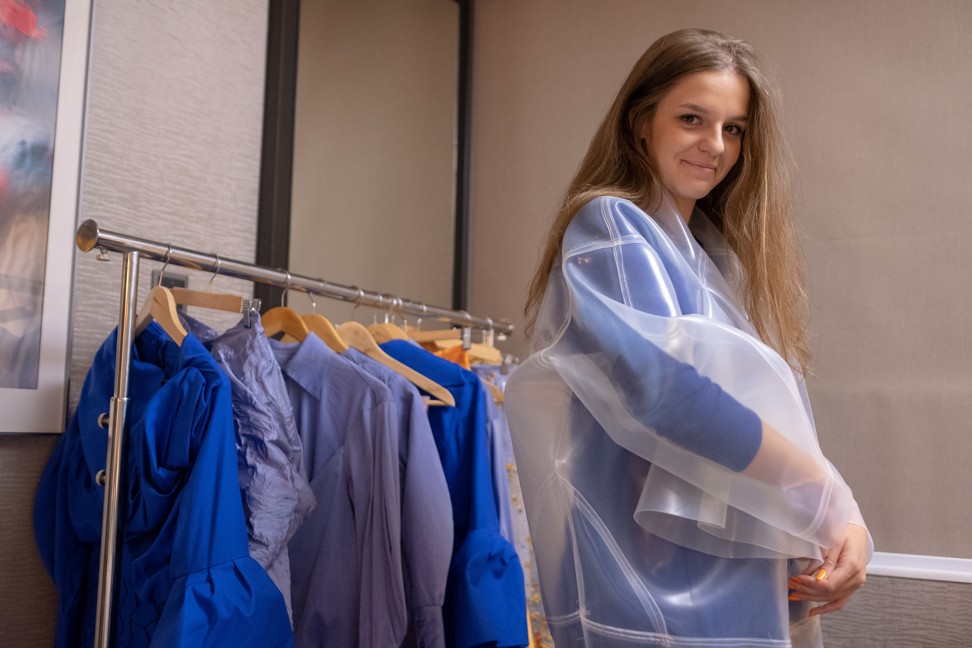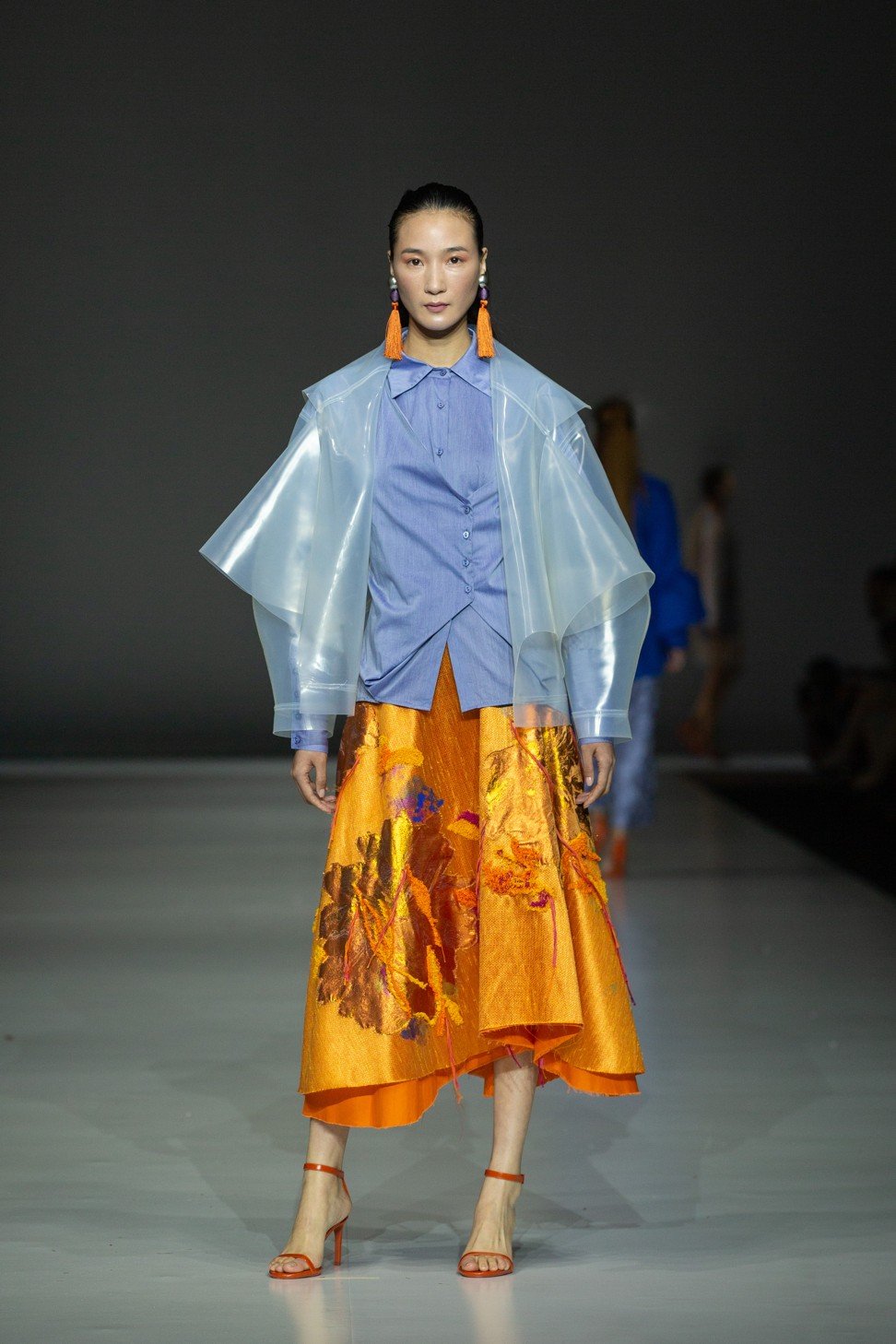How Redress sustainable fashion award winners turned junk into jazz

Sustainable fashion is somehow comparable to veganism, in terms of the stigma around the concept and the often eye-rolling reaction it could cause.
This was the what grand prize winner of the Redress Design Award 2018, Tess Whitfort, said when we talked about popularising sustainable fashion.
Hong Kong-based NGO Redress was founded by Christina Dean in 2007. The eighth edition was held earlier this year with the aim of educating up-and-coming fashion designers about sustainable design techniques as well as highlighting sustainable design talent.
According to Redress, more than 100 billion garments are produced globally every year, and 87 per cent of the 53 million tonnes of materials used end up in landfills or are incinerated. In Hong Kong alone, 343 tonnes of textiles waste went to the landfills every day in 2016.
Whitfort, 24, won the gold trophy with her bold, neon-coloured collection made from upcycled end-of-roll industry fabrics and hardware salvaged from garages and hardware stores, all sourced from her hometown in Australia. The garments were splattered with eco-friendly watercolour spray paint. It took Whitfort two-and-a-half months to complete her collection.
At the exhibition of the award finalists’ collections at the Mercedes me Store in Central in the week after the competition, Whitfort explained how her award-winning designs were inspired by punk culture. “I wanted to play with something that’s totally different,”she said. “Sustainable fashion is often [portrayed as] natural, feminine and elegant, so I wanted to create edgy, grungy streetwear as I feel there’s a need for more [variety].”
The collection, in her words, was like an amplified version of her personal style.
“Sustainability to me is basic logic because what we’ve done [to the environment] is really bad,” she said. “A big part of me doing sustainable design is to break down the stereotype that sustainability is just for people who love the environment. It’s for everyone and should be incorporated into everyone’s lifestyle.”
The only finalist from Hong Kong, Jesse Lee, won the second prize and the Hong Kong Best Prize for his collection. His designs were strewn with colourful fabrics which were cut out from socks that belonged to his parents, himself and even his grandma.
Unlike most Hongkongers, Lee has a family house in Yuen Long, which has a lot of storage space. The Kingston College graduate chose to integrate old clothing into his collection instead of stashing it away in boxes.
“My mum likes wearing my dad’s old clothes to show her love for him, and my grandma sewn two bedsheets together to make a duvet cover – many items in my home can be recycled,” he said, adding that his designs allowed him to play around with the garments.
The 24-year-old’s inspiration came from a 1987 Hong Kong comedy, The Romancing Star, which tells the story of a group of young men from grass roots families trying to win the hearts of well-off women. “They pretend to be from the upper class of society. They wear clothes made from cheap materials, but they look good in them. I’ve watched the movie about 20 times.”
For 23-year-old finalist Lucia Alcaina, sustainability is her escape from the breakneck speed of the fashion industry. “I realised if you’re a fashion designer, you don’t have time to develop your creative process,” she said. Her first sustainable collection played with silicone scraps collected from factories, some of which were melted to make jackets with an opaque sheen worn over contrasting indigo and orange garments.
“I am an emotional person. I think transparent things are a good way to show that there’s something outside but there’s also a lot to see inside. You can show that you’re an interesting person,” she said. Tradition and technology gracefully coexist in her creative pieces, which featured punch needle embroidery, hand-painting, felting and origami pleat-folds. “My aim is to strike a balance between artistic and commercial aspects. I mix new techniques such as 3D printing with artisanal techniques and crafts.”
Many fashion brands have come up with sustainability campaigns. For example, Zara launched it “Join Life” capsule collection in 2016 with materials made from “wood grown in sustainably managed forests that guarantee their reforestation”.
According to the Redress contestants, people’s shopping mentality has to change. Whitford said that people should be buying less and spending more on each garment.
“One part of sustainable fashion is that it should be made to last. That’s always going to cost more than a low-quality, poorly made garment. Sustainable fashion should cost more. We just need to change how consumers [interpret] the value of clothing. There should be more transparency and education on how clothing is made,” she said.
There is also the need to look at the many aspects of sustainability.
“Sustainable fashion is not just about the materials or how you protect the environment. There’s also a social element – are the workers happy?”Lee added.
Packaging, e-commerce distribution, biodegradable poly bags are things that Whitfort believes are getting close to becoming zero wastage. “I think we pretty much have all the tools we need at this point to make the fashion industry entirely sustainable. It’s just that everyone needs to work together, and everyone needs to care,” she said.
Want more stories like this? Sign up here. Follow STYLE on Facebook, Instagram and Twitter

Contestants in the world’s largest sustainable fashion design competition turn waste into appealing designs
